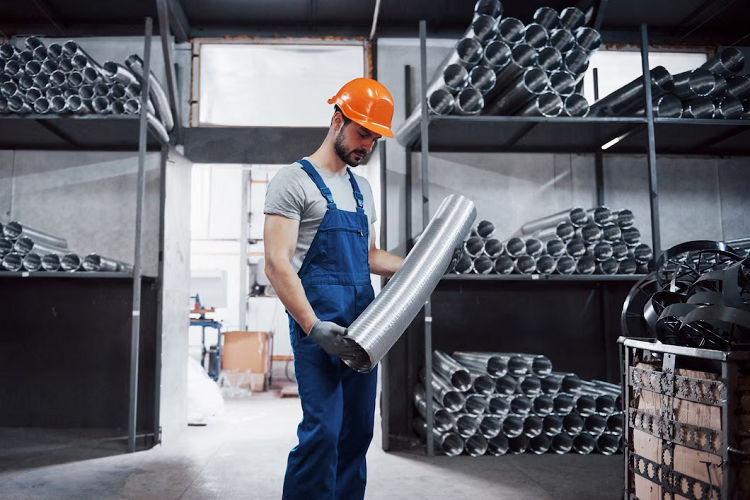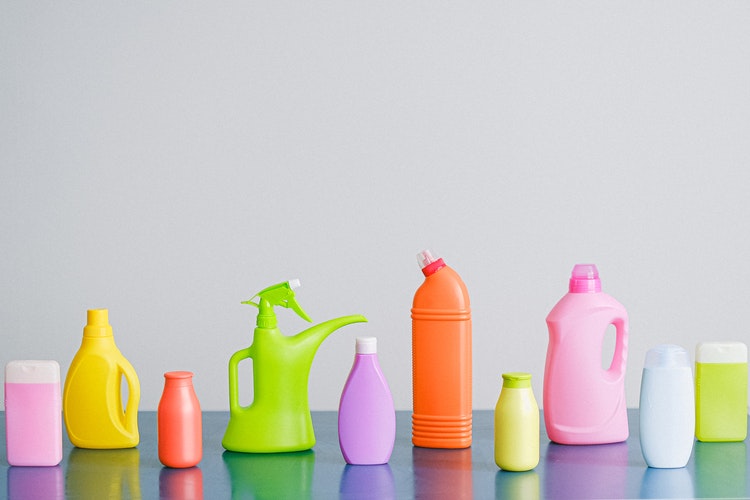Aluminum extrusion is a remarkable manufacturing process that has revolutionized the way we use aluminum in commercial design and manufacturing. It offers versatility, cost-efficiency, and a wide range of applications across various industries. In this article, we will explore the world of aluminum extrusion, its key benefits, and its diverse applications in commercial design and manufacturing.
Understanding Aluminum Extrusion
Aluminum extrusion is a process that transforms aluminum alloy into specific shapes by forcing it through a die or mold. This method allows for the creation of complex, customized, and consistent profiles with a wide range of cross-sectional shapes. The key steps in aluminum extrusion include billet preparation, extrusion, cooling, and cutting.
Key Benefits of Aluminum Extrusion
The widespread use of aluminum extrusion in commercial design and manufacturing stems from several notable benefits, including unparalleled design flexibility that allows for intricate profiles and shapes catering to specific projects, making it perfect for customization.
Additionally, extruded aluminum products are cost-effective due to the efficient production process and waste reduction, while being lightweight yet strong and durable, facilitating ease in handling, transportation, and installation – a particularly valuable attribute in the transportation and construction sectors.
Furthermore, aluminum’s inherent corrosion resistance, both indoors and outdoors, results from its natural protective oxide layer formation. An aluminum pipe for example, a product of the versatile and cost-effective process, finds wide-ranging applications in commercial industries, offering lightweight, corrosion-resistant, and structurally strong solutions for various projects.
Applications in Commercial Design
It is utilized in numerous commercial design applications across various industries, including architectural construction, retail displays, interior design, transportation, and automotive.
It is favored in modern building construction for elements like curtain walls, window frames, doors, and railings due to its lightweight and corrosion-resistant properties. In the retail sector, it serves as store fixtures, display racks, and signage, while in interior design, it enables unique furniture production, lighting fixtures, and decorative elements.
The transportation industry benefits from aluminum extrusions in components such as railings and luggage racks in trains and buses, resulting in improved fuel efficiency. Lastly, the automotive industry takes advantage of aluminum for door frames, bumpers, and structural components to enhance vehicle performance.
Applications in Manufacturing
Aluminum extrusion is a versatile process that goes beyond design, playing a significant role in manufacturing as well. It is widely used for electronic enclosures due to its heat dissipation capabilities, protecting sensitive components and preventing overheating.
Extruded aluminum is also utilized in machinery components like frames and structural elements, increasing the performance of industrial machines thanks to its lightweight yet sturdy nature. The aerospace industry leverages aluminum extrusion for producing aircraft parts, taking advantage of its lightweight properties for fuel efficiency and customizable profiles for specialized components.
Furthermore, extruded aluminum is ideal for constructing solar panel frames due to its corrosion resistance and durability in outdoor settings, ensuring the panels’ longevity. Finally, its adaptability makes it suitable for manufacturing a range of consumer goods such as bicycles, sports equipment, and kitchen appliances.
Environmental Sustainability
Aluminum extrusion aligns well with sustainability goals. Aluminum is fully recyclable, and the extrusion process itself is energy-efficient. The use of recycled aluminum in extrusion reduces the environmental footprint and conserves resources, making it an eco-friendly choice for commercial applications.
It has transformed the way aluminum is used in commercial design and manufacturing. Its versatility, cost-efficiency, and numerous advantages have made it a material of choice across various industries, from architecture and retail to aerospace and machinery manufacturing.
As technology and innovation continue to drive the industry, aluminum extrusion will likely find even more diverse and sustainable applications in the future, further solidifying its place as a key player in commercial design and manufacturing.




